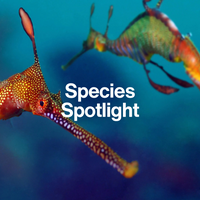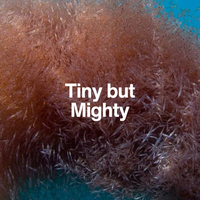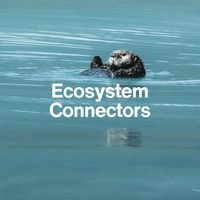Powerhouses of the Blue Planet
Phytoplankton

They may be invisible to the naked eye, but phytoplankton fuel the ocean—and half the air we breathe.
Introduction
Small Size, Big Impact
Phytoplankton are microscopic, plant-like organisms that drift near the ocean’s surface. Though each cell is tiny, together they form vast blooms that stretch for thousands of kilometres—and play a central role in sustaining life on Earth.
They’re the base of the marine food web, the planet’s largest oxygen producers, and a vital part of Earth’s carbon cycle. Without them, the ocean—and the world—would be unrecognisable.

Ecological Role
Invisible, Indispensable, In Charge
Phytoplankton perform photosynthesis, using sunlight to convert carbon dioxide into energy—just like plants on land.
This makes them:
- The primary producers for nearly all marine life
- The source of oxygen for roughly 1 in every 2 breaths we take
- A key part of the biological carbon pump, drawing CO₂ from the atmosphere and transferring it to the deep sea
In short, phytoplankton don’t just support ocean life—they support all life.

Fun Fact
Some phytoplankton, like dinoflagellates, are bioluminescent—they can glow in the dark, lighting up waves and shores with a magical blue shimmer.
Biology & Behaviour
Built for the Invisible World
Phytoplankton are unicellular or colonial organisms that live in the sunlit epipelagic zone (the top ~200 metres of the ocean). There are thousands of species, the most common being diatoms, dinoflagellates, and cyanobacteria.
They:
- Float or drift with currents, using tiny appendages or gas vacuoles
- Reproduce rapidly in the right conditions, sometimes doubling daily
- Form massive blooms visible from space during spring and summer
- Some can even glow at night through bioluminescence (like dinoflagellates)
Despite their size, phytoplankton are among the most productive organisms on Earth.

Threats & Challenges
Fragile Foundations of the Sea
Phytoplankton may be tough in numbers—but their survival depends on delicate balance. They are vulnerable to:
Ocean warming
which alters currents and nutrient supply
Stratification
preventing nutrient mixing from deeper layers
Ocean acidification
affecting calcium-shelled species like diatoms
Pollution
such as fertiliser runoff causing harmful algal blooms
UV Radiation
especially in polar regions due to ozone thinning
Changes to phytoplankton abundance or diversity have ripple effects across marine ecosystems.
Did you know?
Satellite images can track phytoplankton blooms from space—some are as large as countries and change ocean colour.
Why They're Mighty
Tiny Champions of the Sea
Phytoplankton remind us that the smallest things often carry the greatest weight. These microscopic drifters are Earth’s climate regulators, oxygen factories, and the very foundation of the food web. In their quiet, unseen way, they support entire ecosystems and help stabilise the global climate.
They’re not just tiny—they’re essential.

Key Takeaways

NEXT SPECIES
Meet the Ocean’s Drifting Grazers: Zooplankton
They’re tiny, they drift, and they feed nearly everything in the sea. Next up: meet the microscopic animals that fuel entire food chains—one bite at a time.




